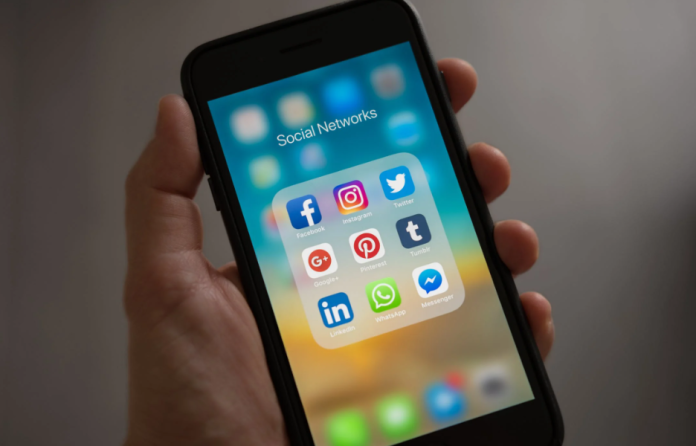Hello!
In order to know if an app is safe for your device, use Safety Check on your iPhone (running iOS 16 or later) to immediately cease sharing your information if your safety is in danger or to evaluate and update sharing with specific persons and apps.
When utilizing Safety Check, take in mind that if you cease sharing your information with them, people might notice. You can lose access to information like shared notes and images when you discontinue sharing partnerships.
Why is Safety Check necessary?
Safety Check allows you to change your passcode, alter your Apple ID password, disable FaceTime and Messages on your iPhone, reset app privacy settings, check with whom you’re sharing information, and do other actions.
Following the use of Safety Check, simply access the app or service you want to share information from and share that content once more.
You can still use Safety Check if your iPhone has mobile device management (MDM) installed or Screen Time limits enabled, although some features might not be available.
My Apple ID and Safety Check are they compatible?
- Information connected to your Apple ID can be changed via Safety Check. Utilize Safety Check for:
- Review and unsign devices from your account.
- Update and review reliable phone numbers
- Change the password for your Apple ID.
- Keep your emergency contacts current
- Update the Face ID or Touch ID information on your device and the passcode on it.
What does Emergency Reset mean?
Emergency Reset is a selection under Safety Check. You employ it to immediately cease sharing the things mentioned above, including all other forms of sharing. You can also examine and reset settings related to your Apple ID using Emergency Reset.
Before sending your gadget to Houston for repair
Before sending your gadget in for an IPhone in Houston repair or replacement, follow these instructions. If it won’t switch on or answer, complete as many of the following as you can:
- your iOS device’s backup. Reset your iOS device to protect your data.
- Your iOS device should be removed from your Apple ID device list.
- If your iOS device or iPad device requires a SIM card, remove it and store it safely. If necessary, contact your wireless service provider to halt service if your iOS device doesn’t use a SIM card.
- Your device is now prepared to send. You ought to have gotten directions for mailing your device if you made a repair request. Contact Apple Support if you didn’t receive any instructions.
If you haven’t created a repair request, select one of the following:
- Make service plans for your iPhone.
- Make iPad service arrangements.
- Make servicing arrangements for your iPod touch.
FAQS
Q1:How can you tell whether an app contains a virus?
How to determine whether your Android or iPhone has been infected with…
- Device performance is poor as a result of slow loading or erratic app crashes.
- The phone becomes too hot on its own.
- short battery life or excessive battery drain.
- Increasing data usage results in odd charges on the bill.
- sporadic pop-up advertisements
Q2:How do I conduct a security assessment on my iPhone?
ANS: Only iPhones and personal Apple IDs with two-factor authentication (as opposed to Managed Apple IDs) are compatible with Safety Check. Additionally, your iPhone must be signed in to Settings > [Your Name]. Go to Settings > Privacy & Security > Safety Check once you’ve signed in.
Q3: Can an iPhone app spread a virus?
ANS: Can viruses infect iPhones? Even though they are uncommon, viruses and other malware can infect iPhones, especially if the device has been jailbroken or the subject of a high-value spear phishing campaign. Malware infection on an iPhone is a rare occurrence for most users.
Read also more information










